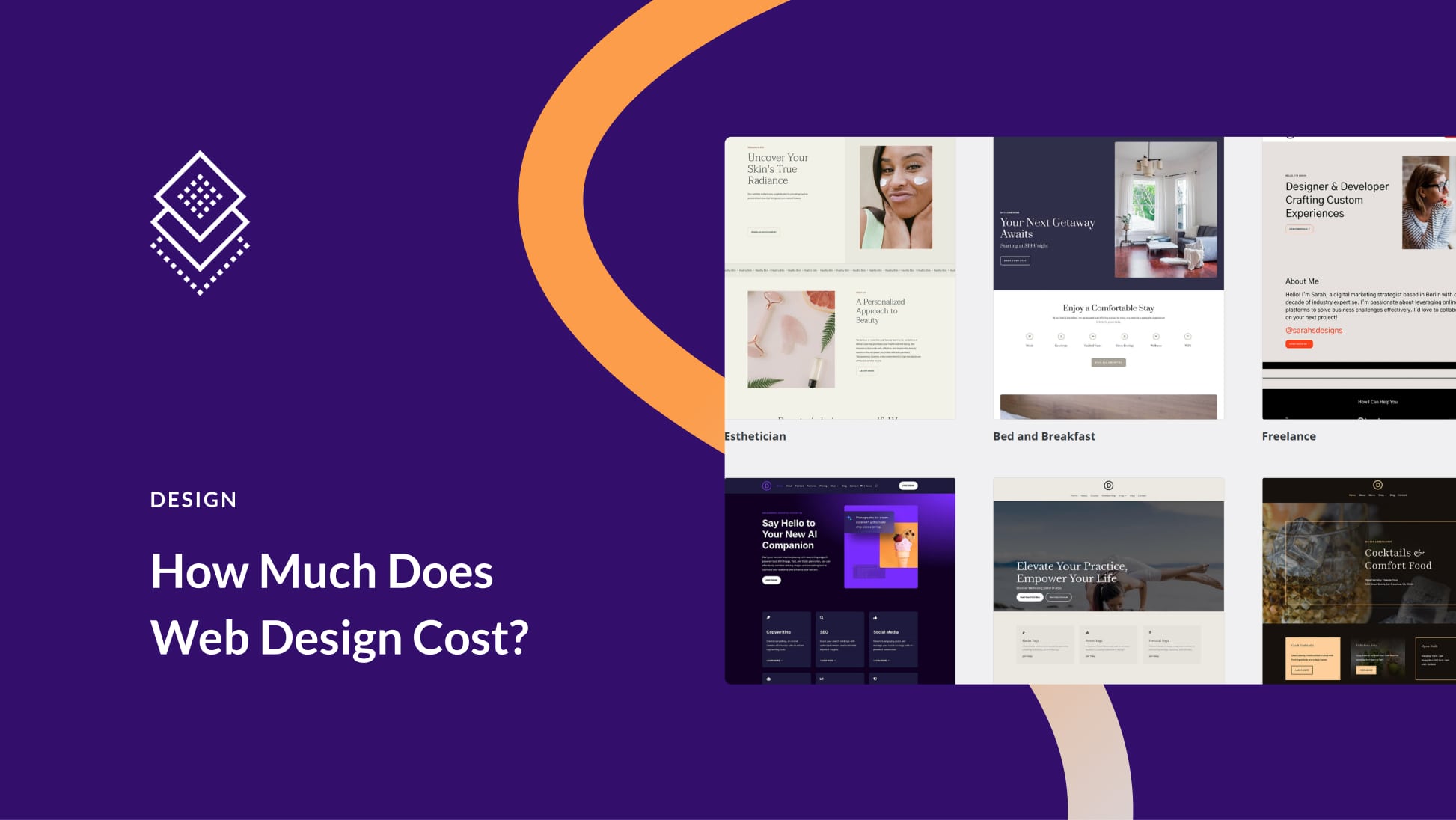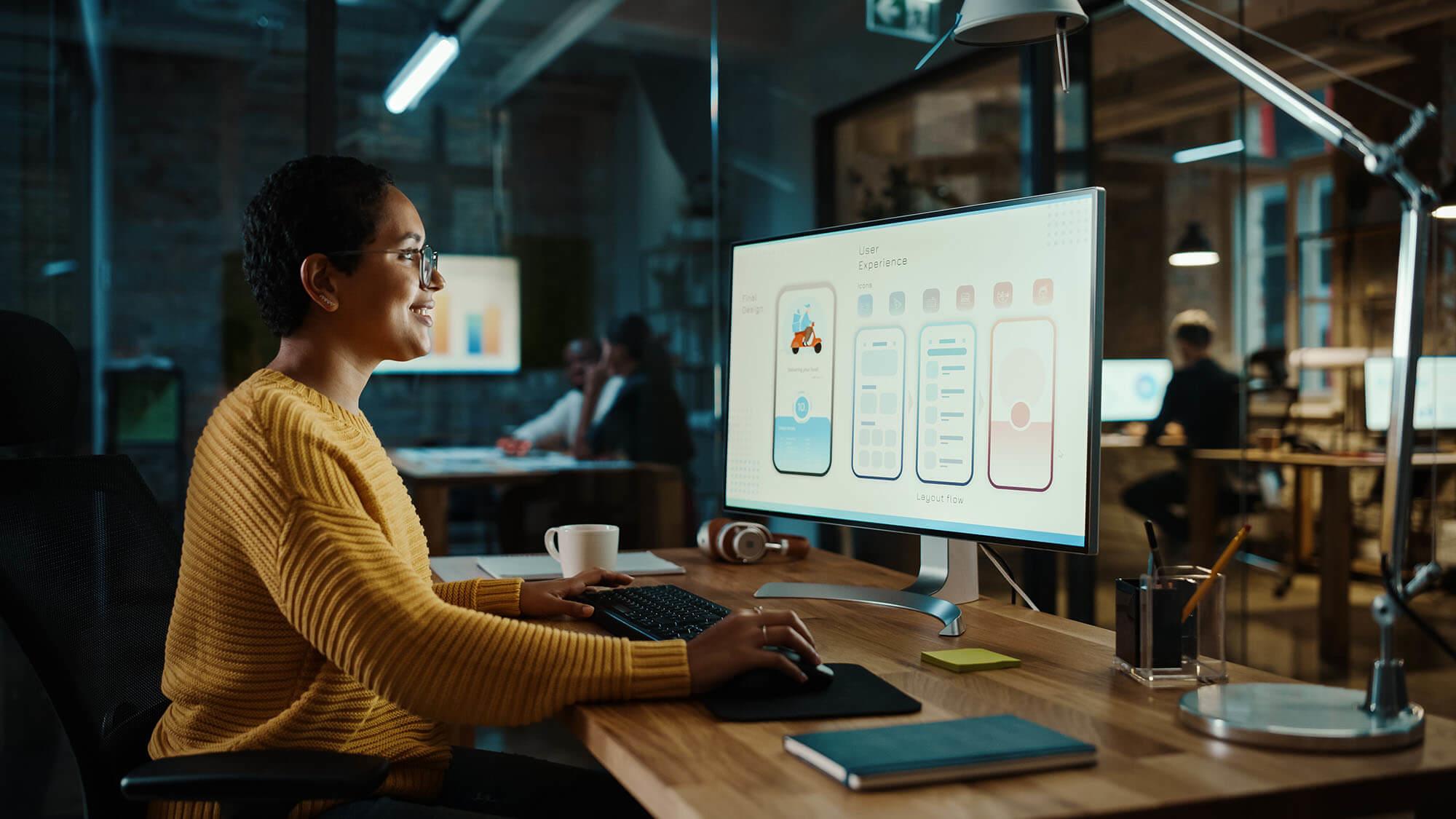Aligned Position Web Design: Creating Custom Websites That Drive Traffic and Increase Conversions
Aligned Position Web Design: Creating Custom Websites That Drive Traffic and Increase Conversions
Blog Article
The Finest Kinds Of Website Design to Improve User Experience and Involvement
In the ever-evolving landscape of digital interaction, the performance of Web style considerably affects customer experience and involvement. Numerous design approaches, such as minimal, responsive, and interactive formats, each offer special benefits that can provide to varied customer needs.
Minimalist Web Style
As electronic landscapes come to be progressively chaotic, minimalist Web layout has actually arised as a powerful technique to boosting customer experience. This layout viewpoint focuses on simpleness, focusing on essential aspects while removing unneeded diversions. By using sufficient white space, straightforward navigating, and a limited color palette, minimal layout promotes clarity and directs customer interest to essential content.
The core concept of minimal website design is to develop a seamless interaction for users. By minimizing cognitive lots, customers can swiftly comprehend details without really feeling overwhelmed. This direct approach not only enhances functionality yet additionally encourages interaction, as site visitors are more probable to discover a site that is very easy and visually appealing to navigate.
In addition, minimalist layout typically stresses typography and imagery, utilizing these aspects tactically to convey messages effectively. This focus on vital components can enhance brand name identity and develop a memorable user experience. Essentially, minimalist Web design is not simply a fad; it is a thoughtful methodology that identifies the relevance of user-centered style. By stripping away peripheral aspects, designers can develop a much more engaging, reliable, and pleasurable Web experience for all individuals.
Responsive Website Design
In today's varied electronic setting, receptive Web design has become vital for developing a smooth customer experience throughout a multitude of devices. As users gain access to web sites on mobile phones, laptops, desktop computers, and tablet computers, the ability of a website to adapt its layout and web content to various screen dimensions and resolutions is crucial.
Responsive Web layout employs flexible grids, photos, and CSS media questions to ensure that Web material exists efficiently, no matter of the device utilized. This approach not only improves the aesthetic allure of a web site yet also considerably improves functionality. Customers are most likely to engage with a site that uses a constant experience, as it eliminates the aggravation of needing to focus or scroll excessively.
Furthermore, internet search engine, including Google, focus on mobile-friendly web sites in search rankings. By taking on receptive design, organizations can enhance their exposure and reach a more comprehensive audience. This strategy additionally simplifies website upkeep, as a solitary version of the website can accommodate all devices, reducing the requirement for multiple variations. In recap, responsive Web layout is an essential practice that boosts customer experience, interaction, and overall satisfaction.
Interactive Website Design
Receptive Web design prepares for boosting customer experience, yet interactive website design takes this a step further by engaging customers in a much more vibrant way - Aligned Position Web Design. By including elements such as animations, clickable prototypes, and real-time feedback, interactive Web design captivates their website individuals, attracting them right into a richer browsing experience
This method not just cultivates engagement but additionally encourages customers to discover content actively as opposed to passively consuming it. Methods such as gamification, where individuals make incentives for finishing jobs, can significantly boost the time invested in a site and enhance general satisfaction. Interactive attributes can streamline complex info, making it a lot more pleasurable and digestible.

Incorporating interactive design components can likewise result in higher conversion prices, as customers are most likely to involve with a website that actively involves them. Aligned Position Web Design. Eventually, interactive website design transforms customer experiences right into remarkable trips, making sure that site visitors return time after time
Flat Design
Identified by its minimalistic method, level style emphasizes simpleness and performance, removing unneeded aspects and concentrating on crucial attributes. This design philosophy focuses on usability, ensuring that individuals can navigate interfaces with convenience and performance. By employing a tidy visual, level layout removes the clutter typically discovered in a lot more elaborate styles, thus improving user focus on content and functionality.
The hallmark of flat design depends on its use bold colors, easy typography, and geometric shapes. These elements add to an aesthetically appealing interface that is both friendly and modern-day. Additionally, flat style promotes a feeling of clearness, enabling customers to recognize necessary actions and info without disturbance.
Moreover, flat layout is especially effective in receptive Web style, as its simplicity converts well across different tools and display dimensions. By focusing on crucial functions, level layout not only satisfies individual demands but also motivates smooth communication, making it a vital element of reliable Web design techniques.
Flexible Website Design
Flexible website design personalizes the individual experience by developing numerous fixed layouts tailored to different screen sizes and gadgets. Unlike receptive layout, look at this web-site which fluidly adjusts a single layout, adaptive style utilizes unique formats for specific breakpoints, guaranteeing optimum discussion on numerous systems. This strategy permits developers to concentrate on the unique qualities of each gadget, improving usability by providing precisely what individuals need based on their context.
One of the main advantages of adaptive website design is its ability to optimize load times and efficiency. By offering customized content and photos that fit the customer's tool, internet sites can decrease information use and improve loading rates. This is specifically beneficial for individuals with slower links or minimal information plans.

Additionally, flexible design promotes a much more consistent and regulated branding experience. Considering that developers create several formats, they can guarantee that the aesthetic elements line up with the brand name's identification across various systems - Aligned Position Web Design. This results in a cohesive customer experience, enhancing interaction and advertising customer retention
Final Thought
Minimal style promotes quality and focus, while responsive style makes certain adaptability throughout different tools, promoting ease of access. Collectively, these style comes more helpful hints close to add to the production of user-friendly atmospheres that not only enhance contentment however also drive higher conversion prices, emphasizing their critical importance in contemporary Web style techniques.

Minimalist design promotes clearness and emphasis, while receptive layout makes certain adaptability across numerous devices, promoting availability. Jointly, these layout comes close to add to the production of user-friendly environments that not only improve complete satisfaction however likewise drive higher conversion rates, highlighting their important relevance in modern Web layout methods.
Report this page